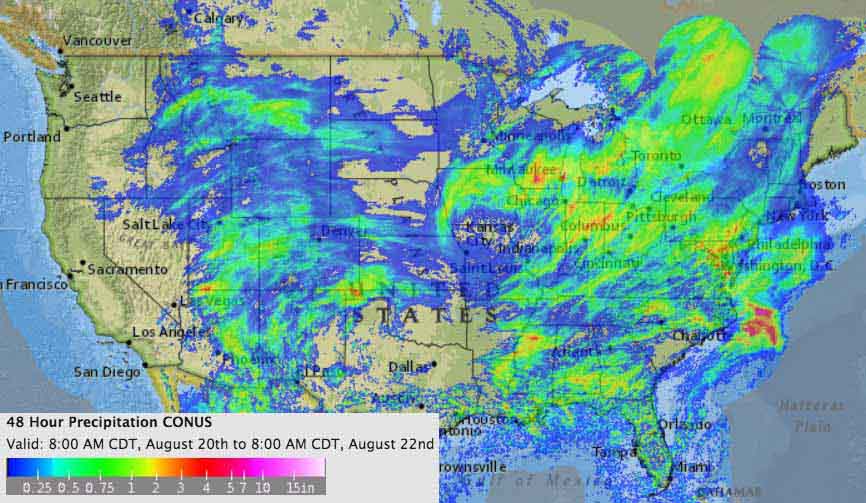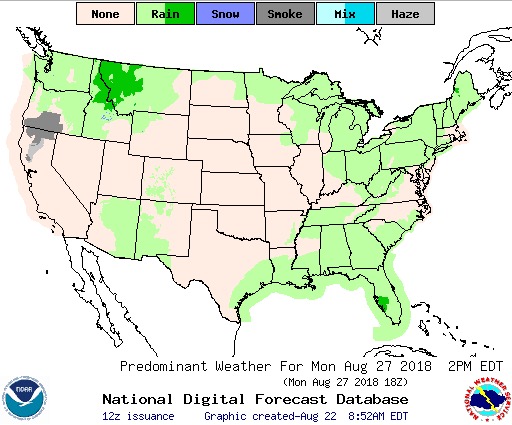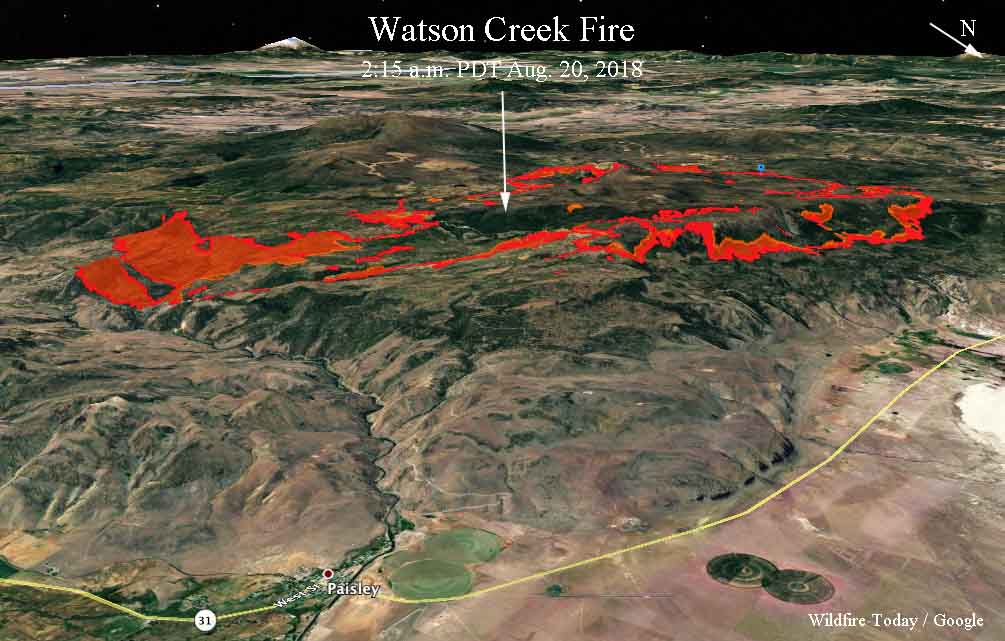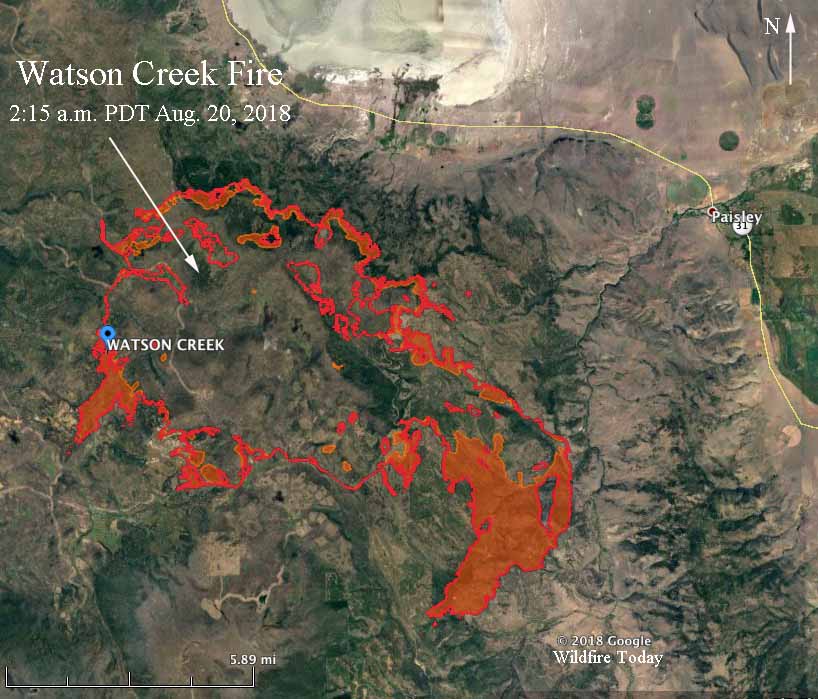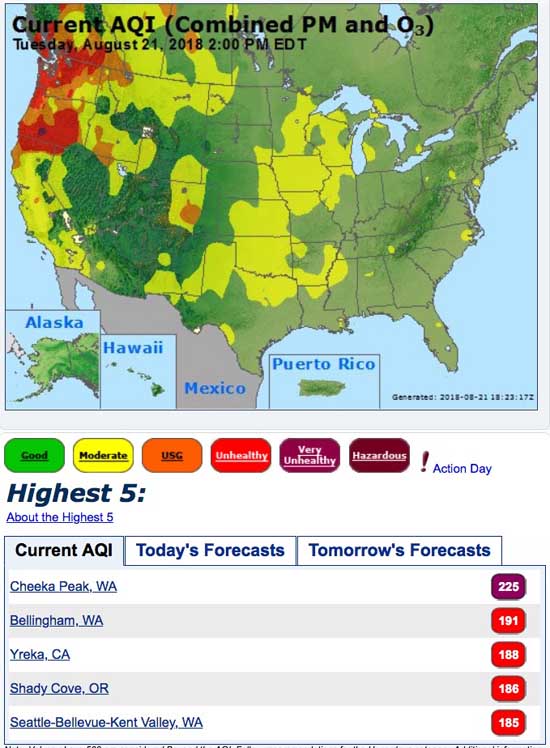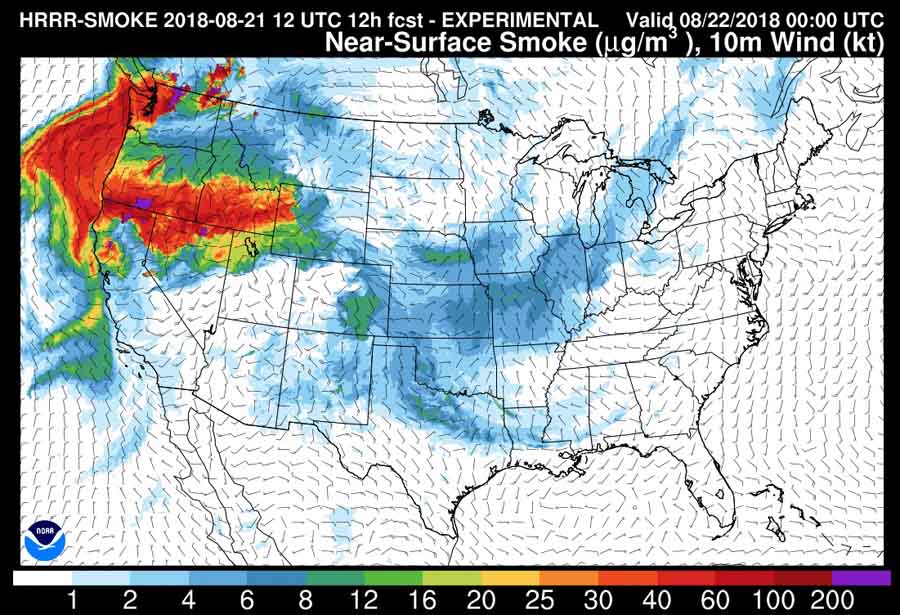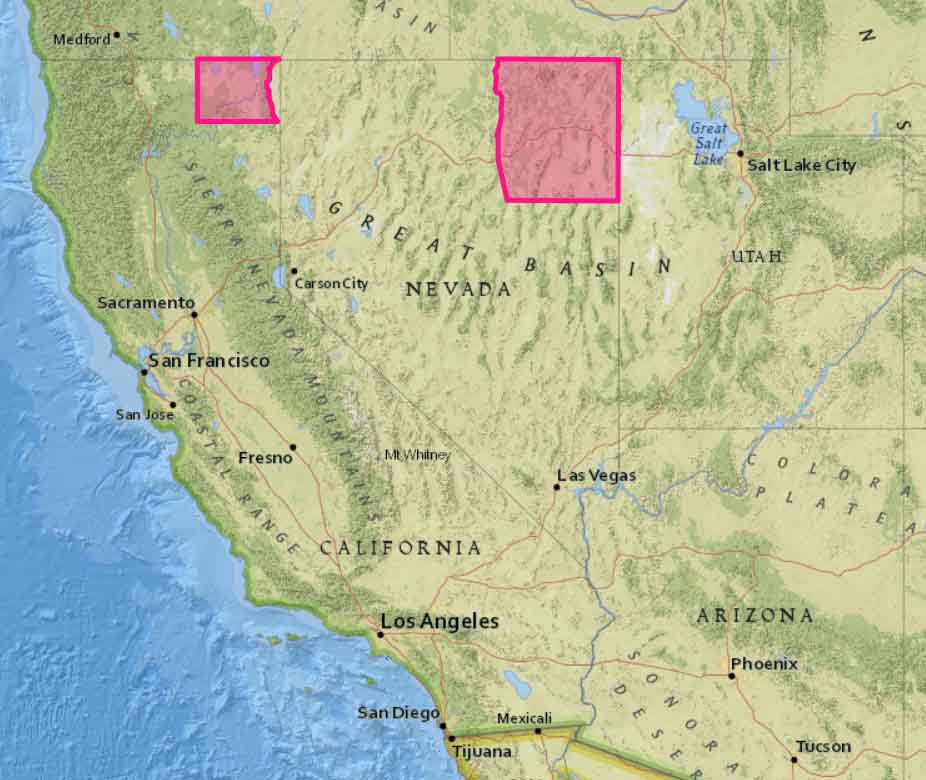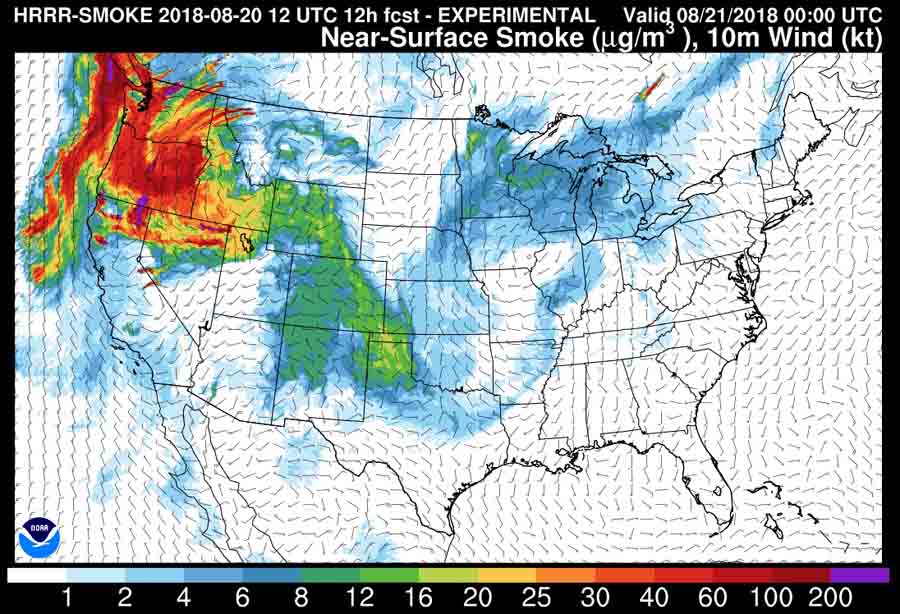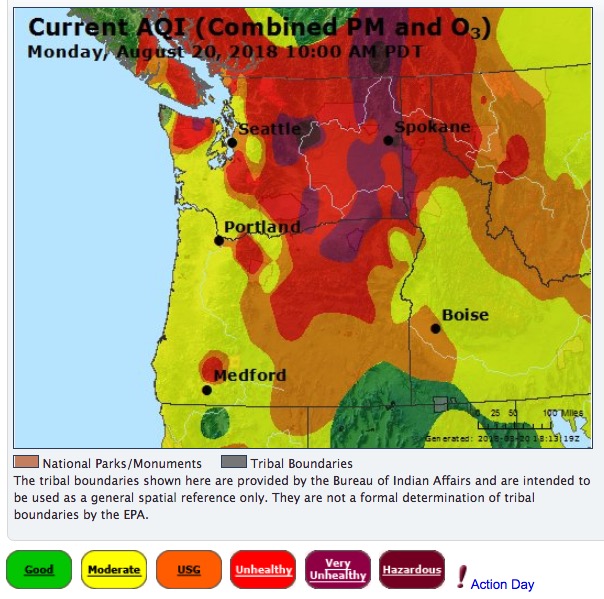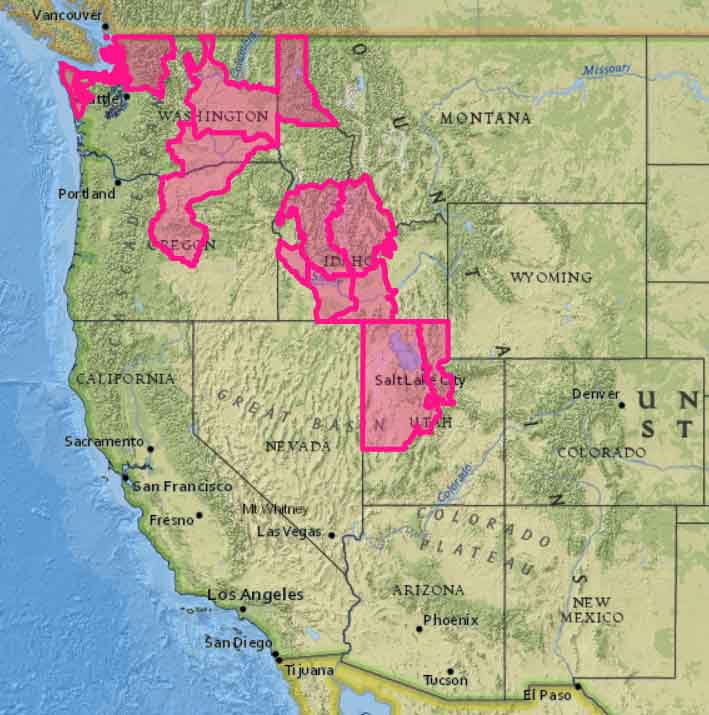 Verizon’s throttling of data rates used by a fire department that subscribed to one of the company’s “unlimited” plans hampered the firefighters’ command and control at the fire.
Verizon’s throttling of data rates used by a fire department that subscribed to one of the company’s “unlimited” plans hampered the firefighters’ command and control at the fire.
While battling the Mendocino Complex, which has become the largest wildfire in the recorded history of California, the Santa Clara Fire Department deployed OES Incident Support Unit 5262, a command and control resource. Its primary function is to track, organize, and prioritize routing of resources from around the state and country to the sites where they are most needed. OES 5262 relies heavily on the internet to do near-real-time resource tracking.
This unit and other resources in Santa Clara County use web-based applications that rely on high-bandwidth, latency-sensitive exchanges of information with the public and to provide crucial public safety services.
While fighting the fire the County discovered the Verizon data connection for OES 5262 was being throttled. Data rates had been reduced to 1/200th, or less, than the previous speeds. Fire Chief Anthony Bowden wrote in a court filing that the “reduced speeds severely interfered with the OES 5262’s ability to function effectively”. The County has signed on to a legal effort to overturn the Federal Communication Commission’s repeal of net neutrality rules.
Below is an excerpt from an article in the San Francisco Chronicle:
Despite having paid for what it thought was an unlimited data plan, the Santa Clara County Central Fire Protection District saw its data flow “throttled” down to 1/200th of its usual speed as it fought the complex — now the biggest wildfire in state history — because Verizon officials said it had exceeded its plan limit, district Fire Chief Anthony Bowden wrote. This primarily hampered a specialized vehicle the department depends on to coordinate its machinery and staff in such emergencies, and Bowden said that put his battalions at risk.
Without full-speed service for the high-tech command and communications rig, which goes by the arcane name of OES 5262, Bowden wrote, “resources could be deployed to the wrong fire, the wrong part of a fire, or fail to be deployed at all. Even small delays in response translate into devastating effect, including loss of property, and, in some cases, loss of life.
One of the fire captains complained to Verizon that the command and control unit had been so hobbled that “it has no meaningful functionality”.
The battle with the fire morphed into a battle with Verizon as fire department personnel fought with the company about restoring their “unlimited” data rate. Eventually after getting various sections in Verizon and the Fire District involved, the cell phone plan in OES 5262 was upgraded to a more expensive plan that had more capability.
In the last couple of years all four major cell phone providers have advertised “unlimited” data plans. All of them ARE LIMITED in various ways, so it is inconceivable how the Federal Trade Commission lets them get away with false and misleading advertising.
An article published by C|NET on August 9 does a good job of comparing “unlimited” plans offered by Verizon, Sprint, T-Mobile, and AT&T. Of the 10 plans described, all except one have data limits, while the one that does not, limits speed used on hotspots to only 3G. Everyone is now used to 4G speeds or the even faster LTE. 5G, with much higher data rates, is just around the corner. The companies disguise how speeds will be greatly reduced after a data limit is obtained, by using words like “prioritize your data”, “deprioritized”, or just blatantly saying “customer may temporarily experience reduced speeds on these line(s) during times of network congestion”. It likely that during an emergency that affects a large number of citizens, “network congestion” will occur.
We have written many times about the “Holy Grail of Wildland Firefighting Safety”, knowing the real time location of the fire and firefighters. Depending on how these systems are configured they could rely on data delivered through the internet. If that data stream is throttled to 1/200th, is cut off, or becomes unreliable, the safety of firefighters and the public could be threatened.
The intentionally misleading use of the term “unlimited” by the four cell phone carriers is part of the problem here. The FCC and the Federal Trade Commission should do their job and stop this practice.


